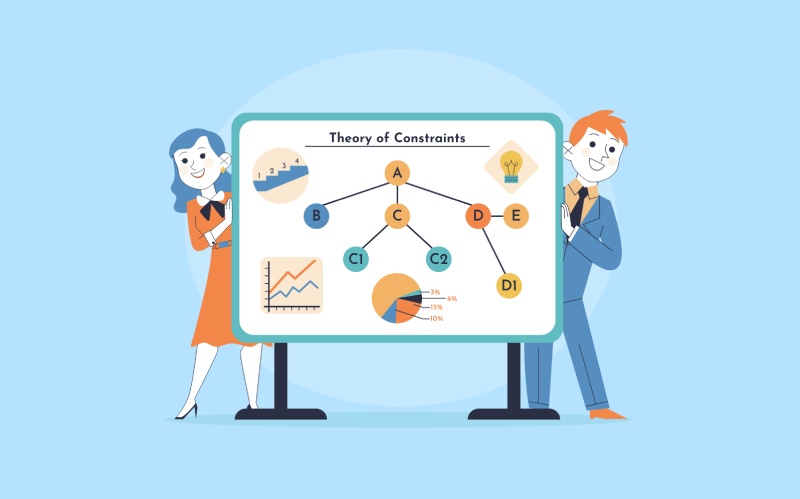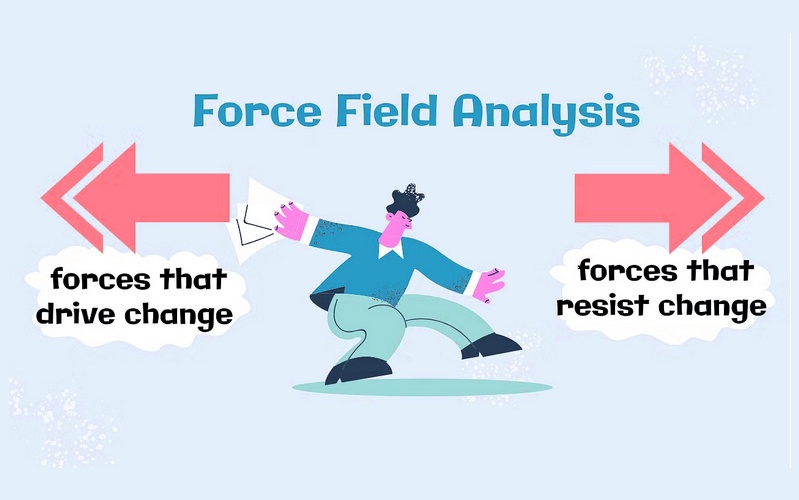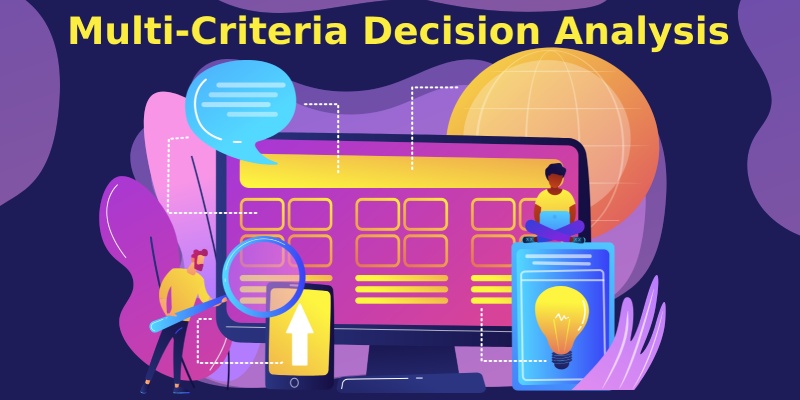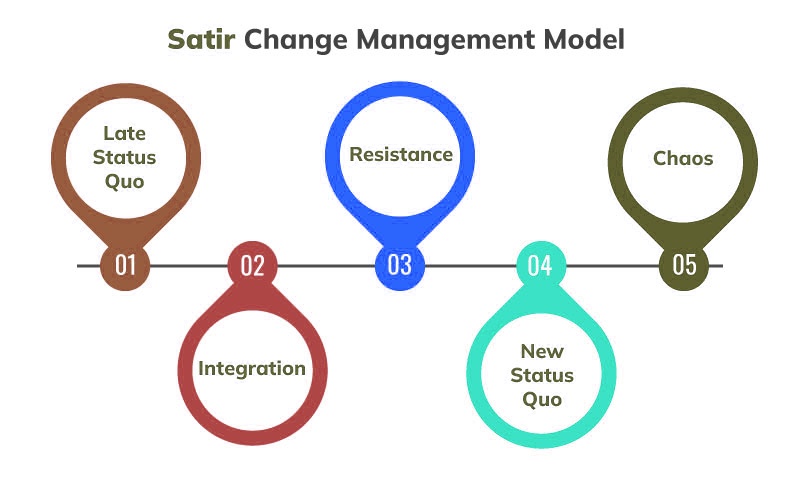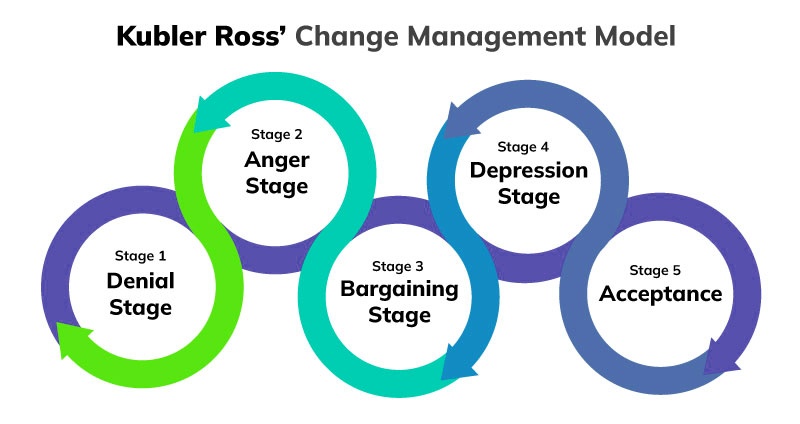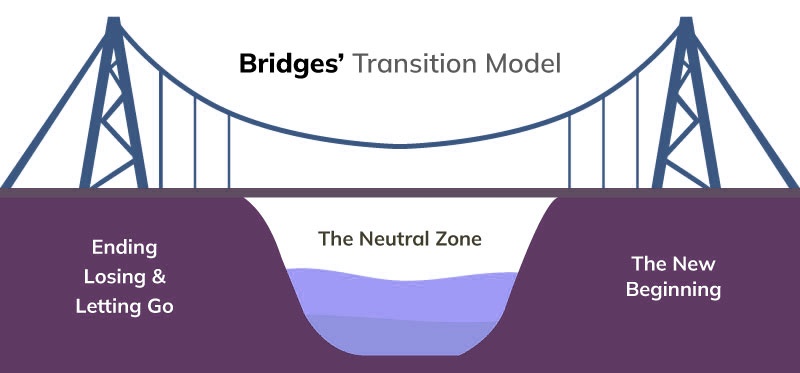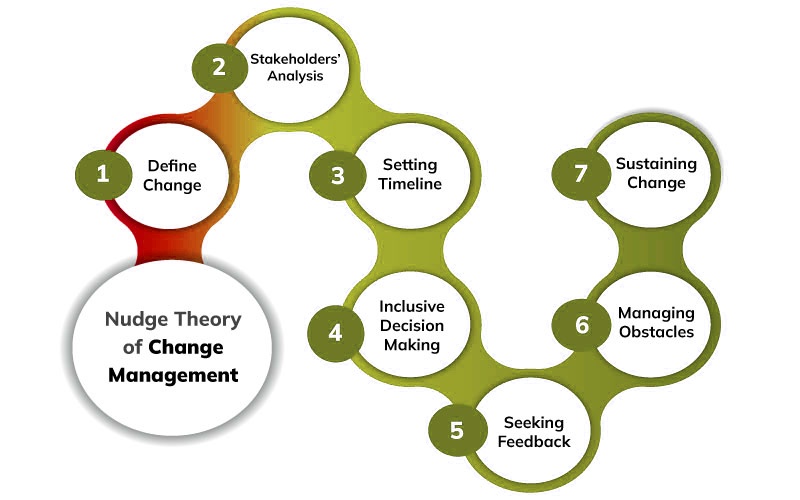Overview
In the pursuit of efficiency and effectiveness, organizations often encounter bottlenecks and limitations that impede progress. The Theory of Constraints (TOC), a management philosophy introduced by Eliyahu M. Goldratt, offers a systematic approach to identifying, addressing, and overcoming these constraints. In this blog, we'll delve into the principles, methodologies, and applications of the Theory of Constraints, uncovering its transformative potential in optimizing processes and driving organizational success.
Table of Contents
Understanding the Theory of Constraints
The Theory of Constraints is rooted in the belief that every system—whether it be a manufacturing process, a supply chain, or a project—has at least one constraint that limits its ability to achieve its goals. These constraints may manifest as bottlenecks, resource shortages, or structural inefficiencies. TOC emphasizes the identification and exploitation of these constraints to maximize throughput, minimize lead times, and improve overall performance.
Key Concepts of the Theory of Constraints
Constraints: Constraints are any factors that limit the system's ability to achieve its goals. They can be physical, such as machine capacity or material availability, or non-physical, such as policies, procedures, or market demand.
Throughput: Throughput refers to the rate at which the system generates desirable outputs, such as products, services, or revenues. TOC focuses on maximizing throughput by exploiting the capacity of the system's constraints.
Inventory: Inventory represents any work-in-progress or materials that are stored within the system. TOC advocates for minimizing inventory levels to reduce lead times, improve cash flow, and increase agility.
Operating Expense: Operating expenses include all costs associated with running the system, such as labor, utilities, and maintenance. TOC aims to minimize operating expenses while maximizing throughput and minimizing investment.
Drum-Buffer-Rope: The Drum-Buffer-Rope (DBR) methodology is a core concept of TOC that involves synchronizing production processes to the pace of the system's constraint, represented by the "drum." Buffers are strategically placed to protect the constraint from disruptions, while the rope controls the release of work into the system.
Principles of the Theory of Constraints
Identify the Constraint: The first step in applying TOC is to identify the system's constraint or bottleneck. This may require analysis of process flow, performance metrics, and resource utilization.
Exploit the Constraint: Once identified, the constraint should be exploited to maximize throughput. This may involve optimizing the utilization of the constraint, eliminating downtime, or increasing its capacity.
Subordinate Everything Else: All other processes and activities within the system should be subordinated to the constraint. This ensures that resources are allocated in a way that supports the constraint's operation and minimizes disruptions.
Elevate the Constraint: If the constraint cannot be sufficiently exploited, efforts should be made to elevate or remove it. This may involve investing in additional capacity, improving process efficiency, or redesigning the system.
Repeat the Process: Continuous improvement is central to TOC. Once one constraint is addressed, attention shifts to the next constraint in the system, creating a cycle of ongoing optimization.
Applications of the Theory of Constraints
Manufacturing: TOC has been widely applied in manufacturing industries to optimize production processes, reduce lead times, and increase throughput. By identifying and addressing bottlenecks, manufacturers can improve efficiency and profitability.
Supply Chain Management: TOC principles can be used to streamline supply chain operations, minimize inventory levels, and improve order fulfillment. By synchronizing production, distribution, and logistics activities, organizations can enhance responsiveness and customer satisfaction.
Project Management: In project management, TOC helps identify critical paths, allocate resources effectively, and manage project constraints. By focusing on the most impactful activities and dependencies, project managers can accelerate project delivery and minimize delays.
Service Industries: TOC principles are applicable in service industries such as healthcare, finance, and hospitality. By optimizing service delivery processes, reducing wait times, and improving resource utilization, organizations can enhance service quality and customer experience.
Significance of the Theory of Constraints
Focus on Results: The Theory of Constraints shifts the focus from local optimization to global optimization, ensuring that efforts are directed toward achieving overall system goals rather than individual components.
Simplicity and Clarity: TOC provides a simple, intuitive framework for analyzing and improving complex systems. By identifying and addressing constraints, organizations can achieve significant improvements with minimal disruption.
Continuous Improvement: TOC emphasizes the importance of continuous improvement and ongoing optimization. By adopting a systematic approach to problem-solving, organizations can adapt to changing conditions and sustain long-term success.
Alignment of Resources: By subordinating non-constraint activities to the constraint, TOC ensures that resources are allocated in a way that maximizes their impact on system performance.
Conclusion
In conclusion, the Theory of Constraints offers a powerful lens through which organizations can identify, address, and overcome barriers to success. By focusing on the critical constraints that limit performance, organizations can achieve higher throughput, reduced lead times, and improved overall efficiency. Embracing the principles and methodologies of TOC empowers organizations to navigate complexity, drive continuous improvement, and achieve sustainable growth in an ever-changing world.


